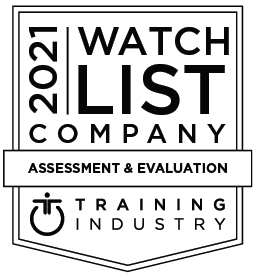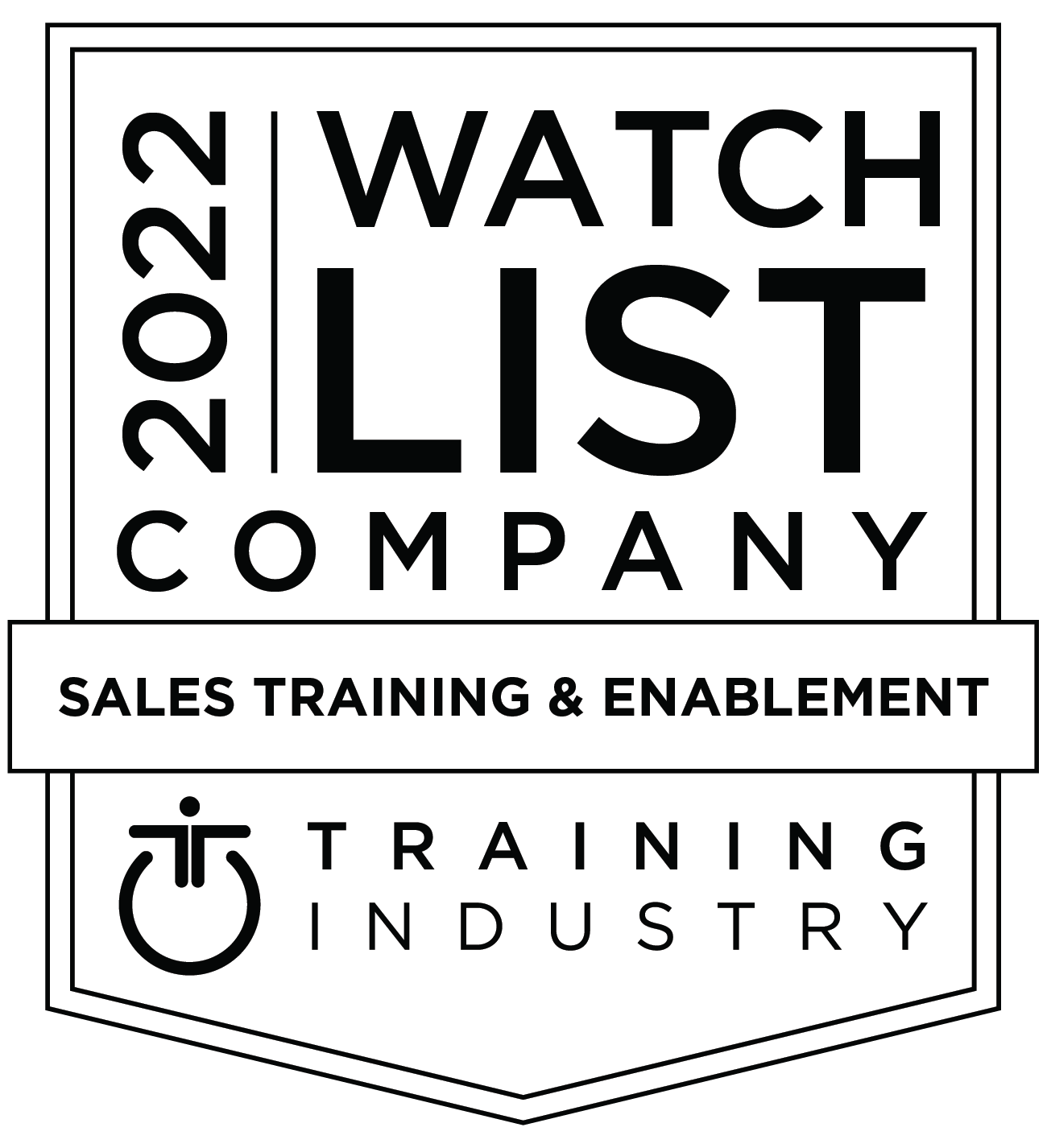Growth in Teamwork & Collaboration
The time spent by managers and employees in collaborative activities has swelled by 50% or more in recent decades, according to this HBR article.
Now, think about your own organization. How many activities, big and small, are driven by team-based work?
How many teams are led by specialists, project managers, or salespeople who lack any formal leadership training and who have no formal authority over team members?
How many people are members of multiple teams who have to balance the priorities of different team leaders?
For all of these reasons and more, team-based work, while more prevalent, can also prove problematic.
The Challenge
If only successful collaboration were as easy as telling people they need to work together. It’s not even as simple as people wanting to work together.
Why? Because we’re not robots. People are highly emotional, complex beings who bring different perspectives, experiences, ways of thinking, and talents to the job.
It’s precisely because we’re so different that conflict and confusion can arise.
If left unaddressed, even minor tensions between team members can erupt into productivity-killing problems—like defensiveness, finger pointing, and even outright hostility.
The Antidote to Toxic Teams
The cure for toxic teamwork? No, it’s not “getting rid of” that one troublesome team member.
According to recent research conducted by Deloitte and published by HBR, you can’t blame poor team performance on any single individual contributor. Rather, researchers say, it’s a failure of leadership.
When team performance sinks, it’s the responsibility of the team’s captain to right the ship.
Better yet, a great team captain can prevent their crew from crashing against the rocks or getting stranded in the shallows to begin with.
Leadership Matters
There’s been a ton of research on teamwork published in the last two to three years especially—most of it focused on cracking the code of high-performance teams.
I have to admit to feeling overwhelmed just trying to make sense of it all. What are the more important findings we should be paying attention to? Which is the better team-based approach? How does one go about implementing all of this great research and advice?
In my struggle (really desperation) to simplify, I finally had a lightbulb moment. Whether it’s Hackman’s 5 Conditions, Google’s Project Aristotle, Deloitte’s Business Chemistry, Hass & Mortensen’s 4D Teams, or EY’s The Power of Many Research, one common theme emerged.
It’s this: Leadership matters.
Leaders of High-Performing Teams Do This Better
High-performing teams have leaders who do three things extraordinarily well.
-
Provide a shared vision of what your team is working toward.
Research from the Institute for Corporate Productivity (i4cp) showed that high-performing organizations are 2X more likely to ensure collaborations among individuals or teams are based on business or customer needs and goals.
And 97% of employees and executives believe a lack of alignment within a team impacts the outcome of a task or project, according to McKinsey.
When team members lack an understanding of big picture goals, they’re less likely to feel that the individual contributions they make are meaningful or even necessary. And because they don’t understand the impact they’re having, they feel less accountable for their work.
Alternatively, team members who share a common vision and who feel like they’re working to achieve common goals are more likely to report the following, according to a recent Stanford study:
- Higher engagement levels
- Lower fatigue levels
- Higher success rate at individual tasks
In other words, even having the feeling that you’re part of a team can be motivating and builds greater accountability for individual performance.
-
Give your team a common framework for communicating.
Teams are easily derailed by a lack of clarity.
Because confusion can result from individual team members’ different styles, it’s important to give your team a shared framework for communicating with one another.
Mandel clients use our Blueprint® and SCI-PAB® frameworks. Whichever structure you choose to use, the key to success is making sure everyone uses the same one.
Because when everyone uses the same framework—whether it’s one-on-one, during team meetings, or even over email— you eliminate differences in communication styles as an obstacle to performance. You avoid miscommunications and mistakes.
When team members use the same communication structure, efficiency improves. Each team member is better able to make their voice heard and to hear and respond to what others are saying too.
-
Create the psychological safety team members need.
Psychological safety is the single most important factor influencing team performance, per Google’s Project Aristotle.
“But what does that really mean?” you might be wondering.
Harvard Business School Professor Amy Edmondson defined psychological safety as “a team climate characterized by interpersonal trust and mutual respect in which people are comfortable being themselves.”
And it falls squarely on the shoulders of the team captain to create this climate. So, how can a team leader create psychological safety?
Encourage conversational turn-taking and empathy. Make sure everyone has the opportunity to contribute—to share their concerns, challenges, and ideas without fear of embarrassment or defensiveness—and, most importantly, to feel heard when they do.
Good Communication is the Compass
If team leaders are captains steering their crews toward success, then communication is the compass that makes it possible. It’s the tie that binds all three of the things leaders of high-performance teams do well.
To rally your team to a shared vision, you have to be able to communicate it with clarity and impact.
To avoid the confusion that so easily derails performance, team members have to be able to communicate well with one another.
To create a climate of psychological safety, you have to equip your team with critical conversation and active listening skills.
Better Team Leaders. Better Performance.
Imagine a culture where people feel motivated around a shared vision, where they feel engaged and empowered to bring their ideas to the table and make their voice heard.
Now, imagine what would happen if they had the right communication tools and leadership to work together to make those ideas come to life?
Engagement improves. Productivity increases.
According to Gallup, teams with high employee engagement rates are 21% more productive. And companies that increase the number of talented managers and double the rate of engaged employees achieve 147% higher earnings per share than their competition.
With 58% of employees saying poor management is the biggest thing getting in the way of productivity (Source: SHRM), team building training is a clear imperative for many of today’s businesses.
Are Your Team Leaders Ship-Shape?
How well do your team and project leaders communicate a shared purpose or vision? Do they encourage each team member to openly share their ideas and concerns? Can they manage tough conversations with sensitivity? Do they provide the kind of direction and feedback that builds accountability?
Learn how to build these crucial team building skills and more in Mandel’s Lead Without Authority Workshop.










